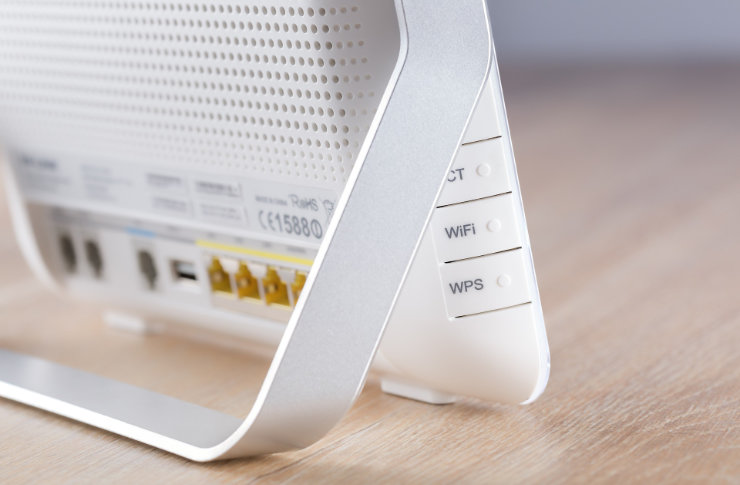Connectivity Strategies for Stable Home Internet Performance
Reliable home internet depends on practical connectivity strategies that balance hardware, software, and environment. This article outlines approaches to improve stability and performance while considering energy use, repairability, and upgrades for devices and peripherals.

Maintaining stable home internet performance involves a mix of network planning, hardware choices, and regular maintenance. Start by assessing the physical layout of your home, typical device loads, and the types of activities—video calls, streaming on displays, cloud storage backups—that demand consistent bandwidth. Consider how durable your equipment is, whether refurbishment or upgrades are practical, and how energy and repairability trade-offs affect long-term reliability. A structured approach helps reduce outages and keeps latency and packet loss low.
How does connectivity setup affect stability?
A clear connectivity plan begins with the placement of routers, access points, and switches. Centralized router placement reduces the number of walls and obstructions between devices, improving signal coverage for wireless devices and peripherals. For larger homes, add wired Ethernet or mesh access points to offload traffic from Wi‑Fi and prioritize devices using quality-of-service settings. Proper cabling, including Cat5e/Cat6 for wired links, supports higher throughput and longevity; this contributes to the durability and repairability of your local network.
What role does performance tuning play?
Optimizing performance includes managing bandwidth allocation, minimizing interference, and scheduling heavy transfers like cloud storage syncs during off-peak hours. Keep firmware updated on routers and peripherals to ensure performance patches and security fixes are applied. Monitor baseline metrics such as throughput, latency, and packet loss to spot degradation early. Where possible, choose equipment with clear upgrade paths so that future speed needs can be met without wholesale replacement—this reduces waste and supports refurbishment options.
How can security improve internet reliability?
Security and stability are linked: compromised devices can saturate networks or introduce instability. Use strong, unique passwords and enable WPA3 where available. Segment IoT devices on a separate guest VLAN to limit the impact of a vulnerable peripheral on core systems. Regularly update device firmware and apply security patches, and consider hardware with good repairability so security-critical components can be serviced or replaced. Secure setups reduce the risk of outages caused by malware or misconfiguration.
When should you plan for upgrades and refurbishment?
Upgrades should be planned based on observed performance and future needs rather than trends. If multiple devices struggle during peak hours, upgrading to a modem or router that supports higher throughput and better concurrent connections can help. Refurbishment is a viable option for many components—refurbished routers or switches can provide cost-effective performance improvements when purchased from reputable sellers. Balance energy consumption of newer hardware with performance gains; many modern devices offer improved energy efficiency alongside higher throughput.
How does maintenance affect long-term reliability?
Regular maintenance prevents small issues from becoming major outages. Schedule periodic reboots of network equipment, clear logs to track recurring errors, and replace aging cables or failing storage devices before they cause interruptions. Check the repairability of key items: equipment that allows component-level repair (replaceable power supplies, modular antennas) can extend service life and reduce downtime. Keep system images and configuration backups to accelerate recovery after hardware swaps or firmware issues.
What peripherals and displays considerations matter for stability?
Peripherals such as networked printers, smart displays, and media streamers can compete for bandwidth. Prioritize critical devices (work laptops, VoIP phones) in router settings and assign lower priority to entertainment devices when necessary. For displays and streaming, choose devices and apps that adapt to variable bandwidth via adaptive bitrate streaming to reduce buffering. Manage storage backups to avoid simultaneous large uploads from multiple devices; staggering backups improves overall network performance.
Stable home internet depends on thoughtful design, ongoing upkeep, and targeted upgrades. Emphasize a layered approach that pairs physical improvements—better cabling, strategic access point placement—with software measures such as firmware updates, traffic prioritization, and device segmentation. Consider refurbishment and repairability to extend equipment life while balancing energy efficiency and performance needs. Monitoring and scheduled maintenance keep the network resilient, reduce unexpected downtime, and support a consistent experience across devices and displays.





